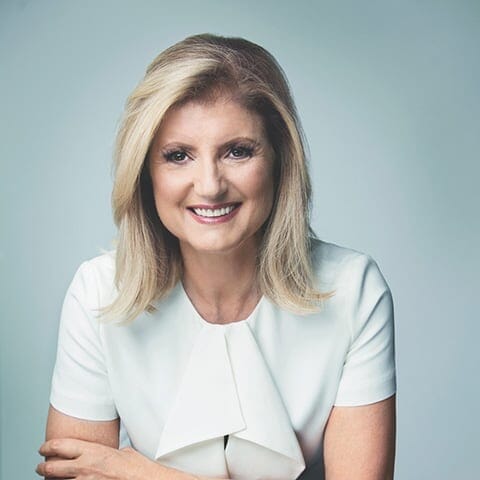 author
authorDiscover the Best Books Written by Jacqueline Woodson
Jacqueline Woodson is an American writer of books for children and adolescents. She is best known for Miracle's Boys and her Newbery Honor-winning titles Brown Girl Dreaming, After Tupac and D Foster, Feathers, and Show Way. After serving as the Young People's Poet Laureate from 2015 to 2017, she was named the National Ambassador for Young People's Literature, by the Library of Congress, for 2018–19. She was named a MacArthur Fellow in 2020.
Jacqueline Woodson was born in Columbus, Ohio, and lived in Nelsonville, Ohio, before her family moved south. During her early years, she lived in Greenville, South Carolina, before moving to Brooklyn at about the age of seven. She also states where she lives in her autobiography, Brown Girl Dreaming. Woodson enjoyed telling stories as a child and always knew she wanted to be a writer. Her favorite books when she was young were Hans Christian Andersen's "The Little Match Girl" and Mildred D. Taylor's Roll of Thunder, Hear My Cry.
After college, Woodson went to work for Kirchoff/Wohlberg, a children's packaging company. She helped to write the California standardized reading tests and caught the attention of Liza Pulitzer-Voges, a children's book agent at the same company. Although the partnership did not work out, it did get Woodson's first manuscript out of a drawer. She then enrolled in Bunny Gable's children's book writing class at The New School, where Bebe Willoughby, an editor at Delacorte, heard a reading from Last Summer with Maizon and requested the manuscript.
Delacorte bought the manuscript, but Willoughby left the company before editing it, so Wendy Lamb took over and saw Woodson's first. Woodson's youth was split between South Carolina and Brooklyn. In her interview with Jennifer M. Brown, she remembered: "The South was so lush and so slow-moving and so much about community. The city was thriving and fast-moving, and electric. Brooklyn was so much more diverse: on the block where I grew up, there were German people, people from the Dominican Republic, people from Puerto Rico, African-Americans from the South, Caribbean-Americans, Asians."
When asked to name her literary influences in an interview with journalist Hazel Rochman, Woodson responded: "Two major writers for me are James Baldwin and Virginia Hamilton. It blew me away to find out Virginia Hamilton was a sister like me. Later, Nikki Giovanni had a similar effect on me. I feel that I learned how to write from Baldwin. He was onto some future stuff, writing about race and gender long before people were comfortable with those dialogues.
He would cross class lines all over the place, and each of his characters was remarkably believable. I still pull him down from my shelf when I feel stuck." Other early influences included Toni Morrison's The Bluest Eye and Sula and the work of Rosa Guy, as well as her high-school English teacher, Mr. Miller. Louise Meriwether was also named. As an author, Woodson's known for the detailed physical landscapes she writes into each of her books.
She places boundaries everywhere—social, economic, physical, sexual, and racial—then has her characters break through both the physical and psychological boundaries to create a strong and emotional story. She is also known for her optimism. She has said that she dislikes books that do not offer hope. She has offered the novel Sounder as an example of a "bleak" and "hopeless" novel. On the other hand, she enjoyed A Tree Grows in Brooklyn. Even though the family was exceptionally poor, the characters experienced "moments of hope and sheer beauty."
She uses this philosophy in her own writing, saying: "If you love the people you create, you can see the hope there." As a writer, she consciously writes for a younger audience. There are authors who write about adolescence or from a youth's point of view, but their work is intended for adult audiences. Woodson writes about childhood and adolescence with an audience of youth in mind. In an interview on National Public Radio (NPR), she said, "I'm writing about adolescents for adolescents.
And I think the main difference is when you're writing to a particular age group, especially a younger age group, you're — the writing can't be as implicit. You're more at the moment. They don't have the adult experience from which to look back. So you're in the moment of being an adolescent ... and the immediacy and the urgency are very much on the page because that's what it feels like to be an adolescent. Everything is so important, so big, and so traumatic. And all of that has to be in place for them."
Best author’s book




















